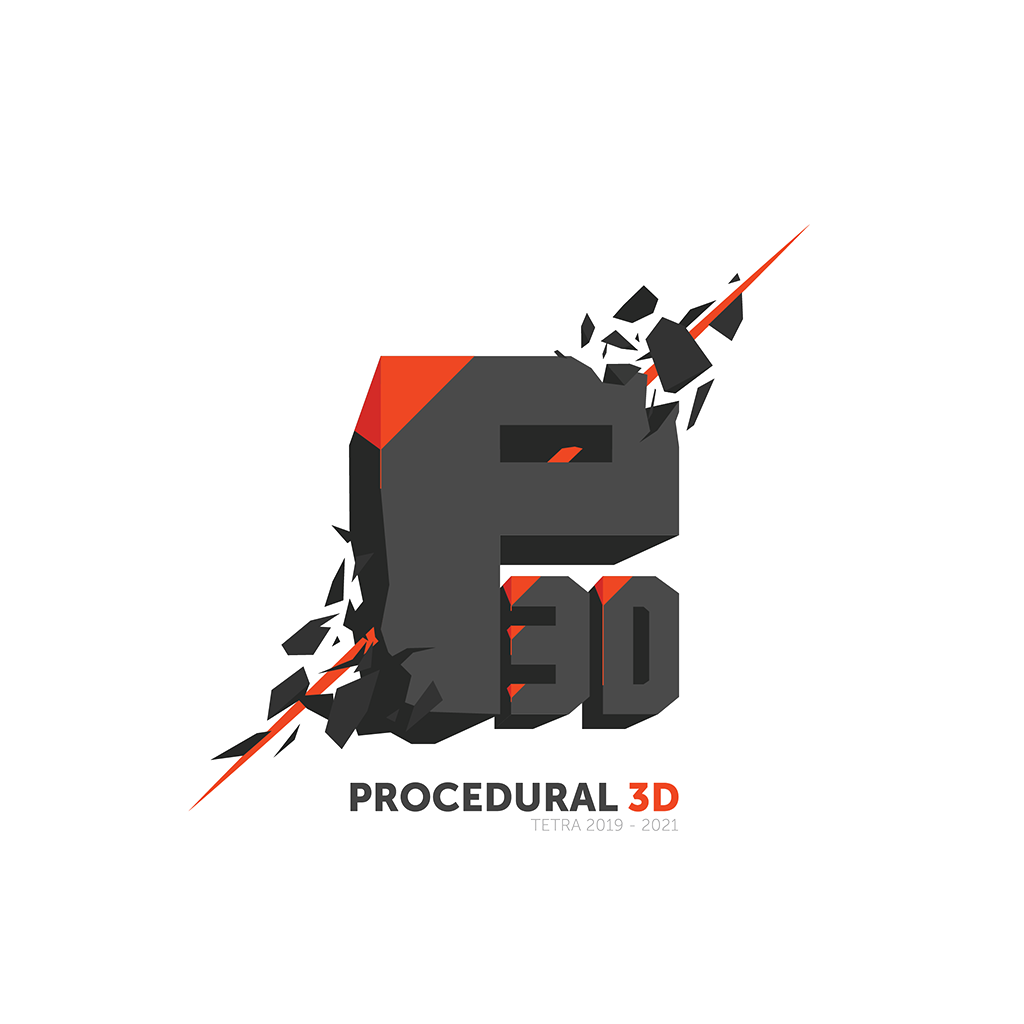To provide clothing for a digital character, simulations are done with 2D patterns that are draped around a body. This is a process that can take a lot of time, because the simulation takes time and the 2D patterns may have to be adjusted with each iteration to adjust the result of the simulation.
If the same clothing needs to be draped on different characters or avatars, it can be a lot of work to adjust the patterns and simulation settings so that the final clothing fits the same way on different avatars. The aim of this use case was to see from the perspective of the entertainment sector and the clothing industry how we can automate the scaling of clothing simulations between different avatars using 3D procedural techniques.
To be able to automatically link the clothing geometry to the different avatars, the uniform 3D avatar was used. A system was written that reduces scans to the same mesh structure.
Subsequently, experiments were carried out with existing and own implementations to link the clothing geometry to that uniform 3D avatar. The intention was to perform a clothing simulation on one of the avatars and then automatically scale it to another avatar. Extra attention was paid to shortcomings in existing implementations, such as problems that mainly occur with looser clothing.
Furthermore, different methods were experimented with using the 3D scaling to automate the scaling of the 2D patterns.
In the initial phase, this was tested with simple self-developed clothing patterns. In a later phase, an attempt was made to apply the scaling to existing fashion items, using existing clothing patterns as a basis. The pattern scaling based on the 3D scaling corresponds to the existing pattern gradations, in order to automatically match the avatar with the correct clothing sizes.
We also made a proof of concept of a procedurally constructed rigid garment. A minimal number of anchor points ensure the scaling of the garment. The anchor points can be linked to the uniform avatar in the same way as the clothing simulations.
A proof of concept pipeline has been developed that shows that it is possible to automatically scale clothing to various human 3D models in a fully procedural manner. However, there is a clear distinction between usability for entertainment purposes on the one hand and accurate fashion purposes on the other. Numerous improvements are possible to the working method that can ensure that the results can be more accurate.


